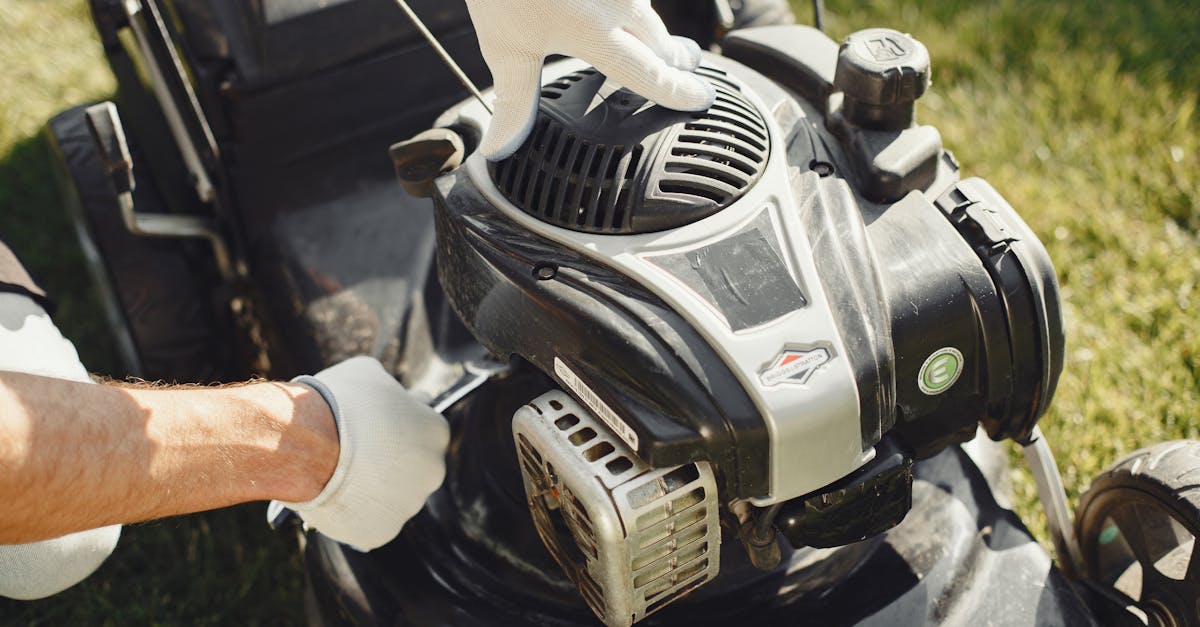Yard Maintenance

Yard Maintenance
Maintaining a pristine yard is essential for any homeowner looking to enhance their property’s aesthetic appeal. A critical aspect of lawn care involves regular Grass cutting and edging. These two practices not only contribute to a neat appearance but also promote healthier grass growth by removing dead and overgrown sections. Whether you choose to tackle this chore yourself or hire a professional, understanding the importance of grass cutting and edging will ensure your lawn remains vibrant and inviting throughout the seasons.
In addition to the visual benefits, grass cutting and edging play a significant role in protecting your plants and preventing weed growth. Consistent maintenance helps establish a thicker, healthier lawn, making it less susceptible to pests and diseases. With the right approach to yard maintenance, you can create a thriving outdoor space that your family and friends can enjoy. By prioritizing these essential tasks, you will also gain a sense of accomplishment that comes from nurturing your green oasis.
Effective Lawn Food to Improve Vibrant Growth
Nurturing the yard demands the right nutrients to promote healthy development. Opting for top nutrients can produce a significant impact in how your yard flourishes. Natural alternatives, such as manure, not only enrich the soil but also encourage beneficial microbes. Synthetic nutrients may offer quick results, making them ideal for individuals seeking fast improvements.
For optimal results, consider the individual needs of your yard when selecting nutrients. Analyzing your soil can aid you determine which components are required. Using a balanced nutrient mix that includes phosphorus is essential for promoting root development and general lawn health. Frequent application of the right nutrients can ensure that your yard remains healthy and beautiful throughout the growing season.
Exploring Types of Food and Their Benefits
Food are essential for maintaining a healthy lawn. Exploring various types of fertilizers available can help homeowners create informed decisions. Organic fertilizers, such as compost and manure, deliver slow-release nutrients that improve soil quality. Chemical fertilizers, on the other hand, typically deliver quick results, supplying essential elements like nitrogen, phosphorus, and potassium. Each type has its own set of advantages that cater to specific lawn needs.
The right choice of fertilizer can significantly impact lawn health. Organic options not only nourish the grass but also enrich the soil, promoting beneficial microbial activity. Chemical fertilizers usually result in faster growth, making them ideal for quick fixes. Exploring the benefits of each type allows homeowners to tailor their lawn care strategies effectively. Choosing the right fertilizer based on soil condition, grass type, and climate can lead to a lush, green lawn that stands out in any neighborhood.
Irrigation Methods for a Thriving Lawn
The crucial factor of maintaining a yard is effective watering strategies. Understanding the moisture needs of your grass plays a critical to its overall well-being. Deep watering, as it fosters deep root growth, should be carried out less frequently but more comprehensively. This approach assures that the roots extend to lower soil layers, in which they can obtain moisture even during drier periods.
Furthermore, timing of watering plays a major role in yard maintenance. Watering at dawn or late assists minimize evaporation, giving more moisture to soak into the soil. Using a drip irrigation system can also be a wise choice, as it delivers water directly to the roots. Through adopting these methods, you can enhance the thrive of your yard while saving water resources.
Guidelines for Smart Irrigation to Conserve Resources
Irrigation can be an important aspect of yard care. For the purpose of save water resources, it is essential to water at the less hot periods of the day, like early morning or late evening. This prevents evaporation while also secures that the lawn utilizes the maximum amount of water.
Utilizing a strategic irrigation system, like drip irrigation, can assist in directing the moisture where it is most needed. Also, keeping an eye on the forecast can help in adjusting the watering schedule in line with rainfall and temperature. This is not only conserves water but furthermore supports a healthy and vibrant yard.
The Impact of Soil Aeration in Yard Care
Soil aeration serves an crucial function in maintaining grass health. By loosening the compacted soil, soil aeration facilitates airflow to penetrate the roots more effectively. This enhanced oxygen supply encourages deeper root growth, leading to stronger grass. Also, it promotes the absorption of water and nutrients, which results in a more vibrant lawn that can better tolerate dry spells and pests.
Exploring the benefits of soil aeration is key for any grass care regimen. Regular aeration contributes in alleviating soil compaction, which is commonly caused by foot traffic and heavy equipment usage. Without proper aeration, lawns can become weak and more vulnerable to weed infestations. Implementing a regular aeration schedule can transform your lawn, ensuring it remains lush and vibrant. Taking the time to perform aeration can lead to a more resilient lawn that is easier to maintain.
Methods Soil Aeration Helps The Grass by Enhancing Soil Quality
Soil aeration is a crucial process in improving your lawn health. The technique includes creating small openings in your ground to enhance air and circulation in air as well as water into the lawn. It improves grass root establishment that leads to the healthier yard as a whole.
Furthermore, soil aeration may assist alleviate soil compaction that often occurs from excessive foot traffic or machinery. By improving soil's quality, it allows nutrients to reach lower layers of the soil, ensuring that your lawn benefits from the sustenance it needs to thrive. Ultimately, soil aeration serves to become a fundamental factor in maintaining a thriving yard.